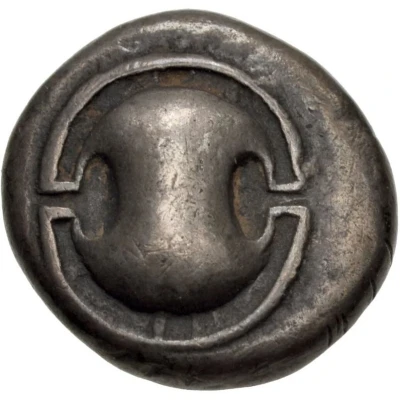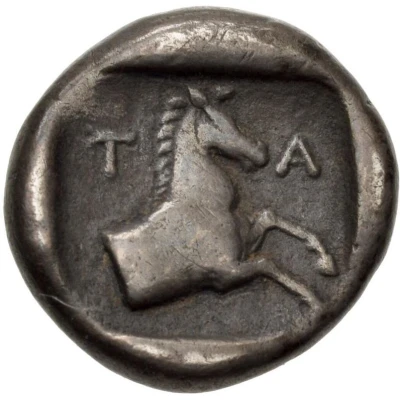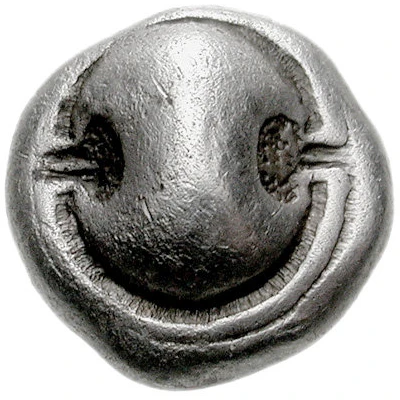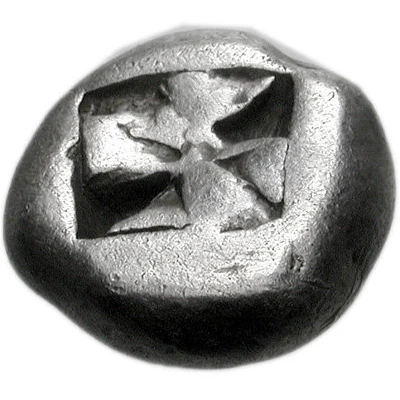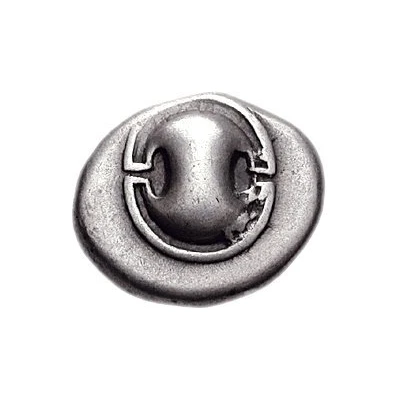
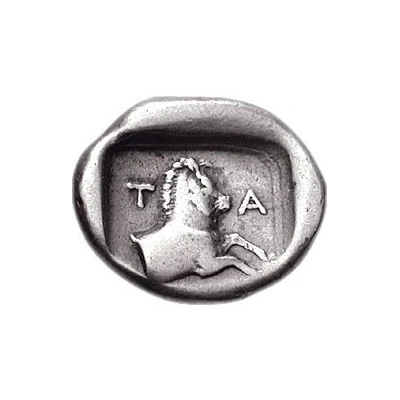

© Classical Numismatic Group, Inc.
Hemidrachm 457 BC - 448 BC
| Silver | 2.75 g | - |
| Issuer | Tanagra (Boeotia) |
|---|---|
| Type | Standard circulation coin |
| Years | 457 BC - 448 BC |
| Value | Hemidrachm (½) |
| Currency | Drachm |
| Composition | Silver |
| Weight | 2.75 g |
| Shape | Round (irregular) |
| Technique | Hammered, Incuse |
| Demonetized | Yes |
| Updated | 2024-10-09 |
| Numista | N#146665 |
|---|---|
| Rarity index | 100% |
Reverse
Forepart of horse right, T-A across upper field and all within incuse square.
Script: Greek
Lettering: T-A
Comment
Traité III 336, pl. CCIV, 1; Ward 480;
Interesting fact
The Hemidrachm coin from Tanagra (Boeotia) was used as a form of currency in ancient Greece during the 5th century BC. Its name "Hemidrachm" means "half drachma" and it was worth half the value of a standard drachma coin. The coin was made of silver and weighed 2.75 grams, which was a significant amount for a coin at that time. Despite its value, the Hemidrachm was widely used in trade and commerce, and many have been found in archaeological excavations throughout Greece. It's interesting to note that the Hemidrachm coin was also used as a medium of artistic expression, with many featuring intricate designs and images of various gods and goddesses, as well as other symbols and motifs from ancient Greek mythology. These designs not only added to the coin's aesthetic value but also served as a way to convey the cultural and religious beliefs of the time.
